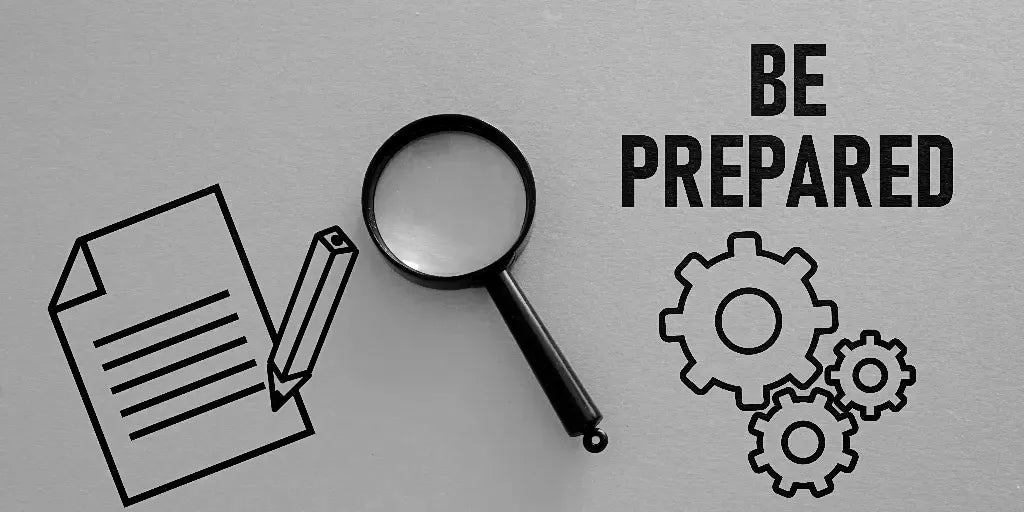
10 Essential Steps for Long Term Food Storage and Self-Sufficiency

Preparing for emergencies and ensuring self-sufficiency can be a daunting task, especially when it comes to food storage. However, with the right information and approach, it can be manageable and even enjoyable. Here are 10 basic steps to help you get started with long term food storage preparation.
1. Assess Your and Your Family's Needs
The first step is to assess your and your family's needs. Consider how many people you need to provide for, and for how long. Noting, as a general guideline, the average sedentary adult male requires around 2,500 calories per day, while the average sedentary adult female requires around 2,000 calories per day and children (between the ages 6-12) require approximately 1,600 -2,200 calories per day. At the very least, you should provide for a minimum of 3 days, however for greater peace of mind and for sustained self-sufficiency, consider a 3-month supply, leading up to 12 months or longer.
2. Understand the type of Emergencies you may face
Consider the types of emergencies you might face in your area, such as extended power outages, civil unrest, natural disasters or any other set of circumstances that will lead to a breakdown in services and your ability to get food or water from traditional outlets such as supermarkets. All of this information will help you determine how much food and water you will need to store and for how long.
3. Decide on a Storage Space
Once you have an idea of how much food you need to store, you'll need to decide on a storage space. This could be a closet, basement, or even a spare room or garage. Whatever you choose, make sure it's secure from pests, theft and environmental damages. Typically look for a lockable, cool, dry, and dark place, as sunlight and heat can spoil food over time.
4. Determine What Foods to Store
When it comes to long term food storage, you want to focus on foods that are high in calories, nutrients, and have a long shelf life. Also look to get food that you enjoy and look at a wide variety to avoid long term taste fatigue. Combine staples such as rice, beans, oats, pasta and dried fruits, with quality proteins and foods that will not only provide a balanced meal, but will help to lift morale under stressful circumstances. An excellent choice, is to consider ultra long life freeze dried products that typically have a shelf life of up to 25 years and offers meats, diary and a wide variety of vegetables and fruits. Avoid foods that spoil quickly or have a short shelf life (including dehydrated foods that have a shelf life of 1 year or less).
5. Consider Water Storage
Water is essential for survival, so it's important to have a plan for storing and accessing it as well. You can purchase water storage containers or simply use clean, food-grade plastic containers. Store enough water for at least 5 litres per person per day. Additionally, consider purchasing a water filtration system or learning how to filter and purify water from natural sources.
6. Stock Up on Spices, Seasonings, and Water Purification SuppliesHaving a variety of spices and seasonings on hand can make a big difference in the taste of your food. Stock up on essentials like salt, pepper, garlic powder, and cinnamon. You can also invest in a variety of herbs and spices to add flavor to your meals. For water, make sure you have water purification supplies such as a filter or iodine tablets.
7. Buy in Bulk
To save money, consider buying your food in bulk. Not only will this give you peace of mind, but with the ever increasing cost of food, you will actually save a considerable amount of money over time. This will also ensure you have enough food to last for an extended period.
8. Rotate Your Stock
Food storage is not a "set it and forget it" activity. To ensure your food stays edible, even if it has a shelf life of 25 years, you need to rotate your stock. Use the oldest items first and replace them with new ones. This will not only allow you to always have the freshest products, but will also help you have practical knowledge of how to prepare each food item and to know how each tastes. This way you can avoid being caught by surprise.
9. Learn to Cook the Basics
Finally, learning to cook the basics can be a valuable skill in long term food storage preparation. By stocking up on a wide variety of single ingredients, covering the main food groups (meat, vegetables and fruit), you will have the essentials to cook from scratch, you can use your stored food and create delicious and nutritious meals. Invest in a few cookbooks or take a cooking class to learn new techniques.
10. Have a Backup Plan
Finally, it's important to have a backup plan in case your food or water storage is compromised. This could include having a portable water filtration system and a secondary stockpile of non-perishable food items that can be easily transported. Consider including these items in your emergency kit, along with other essentials like first aid supplies, flashlights, and batteries.
By following these 10 tips, you'll be well on your way to building a comprehensive long-term food and water storage plan for emergencies, self-sufficiency, and survival. Remember to assess your needs, stock up on essential items, and have a backup plan in case of emergencies. With a little planning and preparation, you can ensure that you and your family will have access to the food and water you need to survive any situation.

Leave a comment